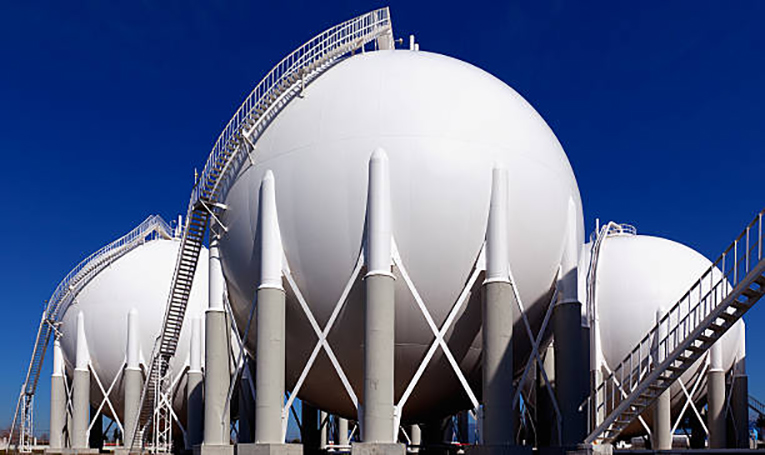Today, the Energy Information Administration (EIA) released its weekly natural gas storage report and data. Accordingly, the association found a record of 98 Bcf injection into natural gas inventories for the week ending June 4. According to the natural gas analyst Leticia Gonzales with Natural Gas Intelligence (NGI), these results fell within a relatively tight range of expectations.
Read more of our news content, here; California oil workers union backing clean energy
Although the figure didn’t reach a triple-digit status, estimates on futures prices on natural gas storage marked a distance from earlier highs. Accordingly, Bespoke Weather Services, and referenced by Gonzales, noted that “this doesn’t do much to alter (their) view. In fact, it remains that the market has outrun the fundamentals, at least for now.”
Natural Gas Storage Market Forecasts – From 90-111 Bcf
The natural gas storage market, according to Bespoke, is still at risk for some pullback. Indeed, hot weather due to the summer season is the main bullish item the firm sees possibly limiting downside risks. Particularly until the market proves it can tighten on a weather-adjusted basis.
Accordingly, a Bloomberg survey forecasted an injection range between 91 Bcf and 104 Bcf, with a median forecast of 100 Bcf. Similarly, a Wall Street Journal poll expected a more comprehensive range of 111 Bcf, with an average build of 100 Bcf.
Also, the Reuters poll estimated from a build of 90 Bcf to 110 Bcf; particularly, with a median injection of 97 Bcf. Finally, NGI modeled a 100 Bcf build for the report.
Worth noting, for last year’s same period, EIA recorded a 95 Bcf injection, and the five-year average is a build of 92 Bcf.
Thus, broken down by region, the East added 32 Bcf into storage from the last period and the Midwest 25 Bcf. Also, South Central U.S. natural gas storage stocks climbed by 24 Bcf, including 22 Bcf into nonsalt facilities and 2 Bcf into salts.
Lastly, the Mountain and Pacific regions each rose by less than 10 Bcf.
LNG and exports to Mexico – giving room
Total working natural gas in storage as of June 4 stood at 2,411 Bcf, says Gonzales. Indeed, this capacity is 383 Bcf below from the same period last year and 55 Bcf below the five-year average.
According to Participants on The Desk’s online energy chat Enelyst, current trends on reduced liquefied natural gas (LNG) demand have loosened up supply/demand balances. However, they advised that once the maintenance season concludes, a much tighter backdrop could develop.
Moreover, experts see that exports to Mexico have room to grow. Some of them even noted that peak exports south of the border typically don’t occur until August or September. Therefore, currently, there appears to be about 0.5 Bcf/d or more of runway.
Accordingly, Criterion Research LLC analyst James Bevan said in the chat; In fact, “the trend has been rising since April; so we will see if it can ramp that high.”
Finally, Gonzales noted that LNG capacity also is set to climb. In this regard, Criterion Research is modeling about half of Calcasieu Pass LNG’s capacity coming online before the end of the year. Sabine Pass LNG’s sixth production unit also is expected online in December.


